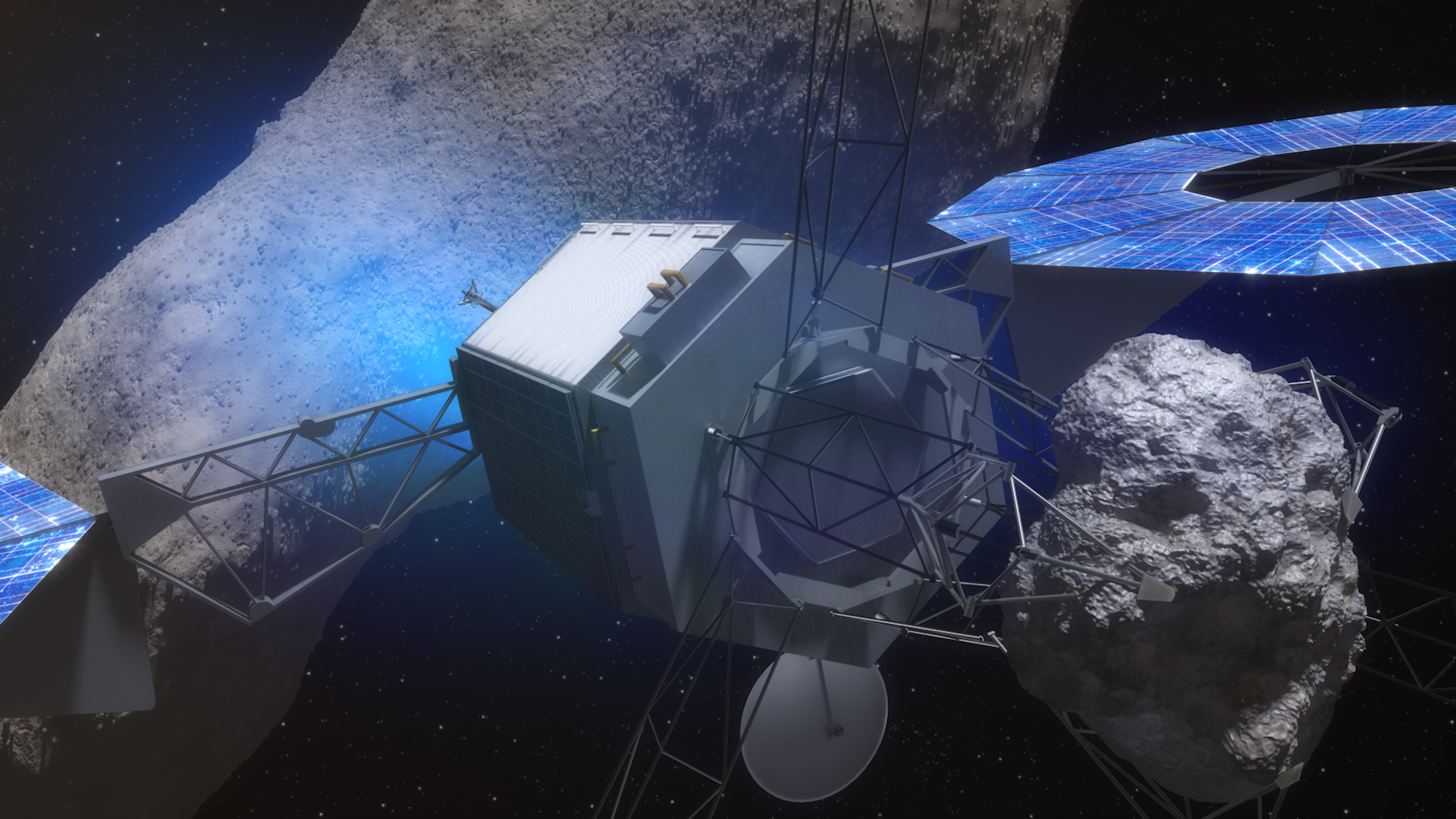First-of-its-kind NASA mission will also demonstrate ability to deflect asteroids
NASA has detailed ARM: its mission to send a robotic spacecraft to an asteroid, pluck a boulder off of the surface, and put the rock into orbit around the moon. It will also use an Enhanced Gravity Tractor to redirect the course of the asteroid.
The Asteroid Redirect Mission (ARM) includes other important stages as well: after capture from the yet-undecided upon asteroid, astronauts will shuttle out to the robot in NASA’s Orion craft to study the surface and bring samples back.
Two technological goals were clearly stated by NASA in relation to ARM: The mission will demonstrate NASA’s ability to deflect an object in space that threatens the planet, and it will test capabilities that will be required for the first crewed mission to Mars.
The course of the mission is planned as follows: the robotic spacecraft would fly by the asteroid several times, optically scanning the surface. It would then land above the boulder targeted. It would attach arms to the surface of the boulder, then push off again from the asteroid. The robotic craft would analyze the boulder for three days.
The next stage would be demonstration of NASA’s ability to redirect an asteroid using what it calls an Enhanced Gravity Tractor (EGT): The robotic craft would measure, calibrate and use the gravitational attraction between the asteroid and itself to alter the course of the asteroid, sending it in a chosen direction.
Then the robotic craft will set off for the lunar orbit, making use of its time with the boulder by scanning it further. The rock will be sent into a stable orbit around the moon.
Astronauts will rocket out to the boulder in NASA’s Orion spacecraft, secure Orion to it, and the astronauts will take space walks to study and collect samples, leaving the rock in orbit around the moon when they return to Earth.
NASA plans to launch the ARM robotic spacecraft at the close of the decade.
By Andy Stern
Source: NASA
